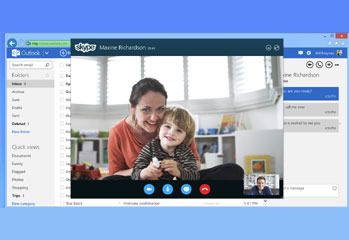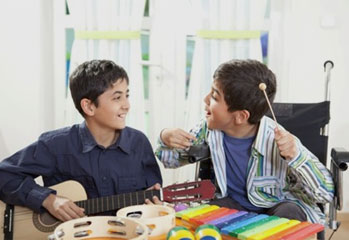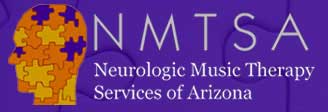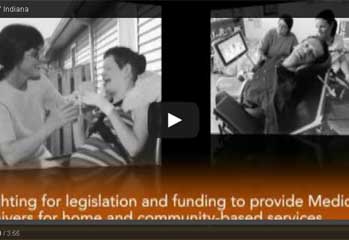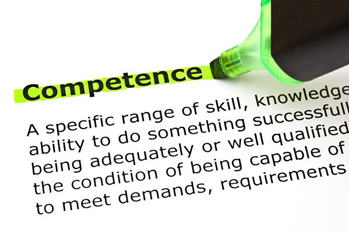Resources
Skype Video Conferencing Technology Expands Autistic Typers’ World
On Friday afternoon, January 24, 2014, an extraordinary event occurred when a 21st Century technology helped expand the world a bit for four people affected by autism that struggle daily to communicate and find acceptance in the “normal” world. For the first time, nonverbal autistic typers Todd Washburne, age 47, Joe Kelly, almost 19, Josh…
Read MoreHow to Join a Skype Video Conference Call
Skype, the popular internet-based company, helps to make the world a little bit smaller with their free (or, in some case, inexpensive) phone and video call service that gives people across the country and around the world the ability to communicate with each other easily and economically. Recently, Saved By Typing hosted a Skype Video…
Read MoreMusic Therapy: Treatment for Autism and Neurological / Physical Disorders
Music Therapy (MT) has been proven as an effective treatment for a variety of neurological and physical disorders, including Alzheimer’s, Parkinson’s, asthma, and ASDs. One example of its effectiveness is former Congresswoman Gabrielle Giffords, whose recovery treatment employed MT to help her regain her speech after surviving a bullet wound to her brain. The press…
Read MoreNeurologic Music Therapy Services of Arizona (NMTSA)
Neurologic Music Therapy Services of Arizona (NMTSA) is committed to changing the lives of individuals with disabilities through innovative and dynamic programs, education, and collaborations. Neurologic Music Therapy (NMT) is an advanced form of music therapy that uses research-based techniques to treat the brain using music and rhythm. NMT uses these techniques to achieve non-musical…
Read MoreThe Arc of Indiana: Services and Advocacy for People with Intellectual and Developmental Disabilities
Established in 1956 by parents of children with intellectual and developmental disabilities, The Arc of Indiana is a resource for families and people with disabilities to come together and advocate for a better life for their children and for themselves. The Arc provides services and advocacy to Hoosiers with developmental disabilities to help them realize…
Read MoreThe Path to Independence: Introduction to Facilitated Communication
A journey of a thousand miles begins with a single step.Lao Tzu, 6th Century B.C. For thousands of children and adults on the Autism Disorder Spectrum (ADS), the ability to talk or communicate has been disrupted, or virtually eliminated in many cases, by the neurological disorder that affects 1 in every 88 children in the…
Read MoreStarting Down the Path to Independent Typing
“I believe we cannot isolate physical independence from the other two elements of facilitated communication – communication and emotional support. Although I am called an independent typer because I no longer need physical touch, I cannot walk into a room, and type without a facilitator. The facilitator must still provide communication and emotional support to…
Read MoreThe Path to Independence: Step 1 – Facilitator Training
"(Facilitated Communication is) …strongest therapy for people with no means of expression is sensational, controversial, revolutionary, technically subtle FC. It involves understanding movement lapses of people and providing physical support to help overcome them. Plastic nature of users of FC requires topnotch weaning of support towards ultimate goal of independence." Larry Bissonnette, Independent Typer Facilitated…
Read MoreThe Path to Independence: Step 2 – Presumption of Competence
It is especially important that difficulties with communication not be taken as evidence of intellectual competence, as is often the case. It is easy for school administrators and teachers to make a blanket assumption that non-verbal autistics are mentally disabled as well as physically. The fight to overcome those assumptions is one of the most…
Read MoreThe Path to Independence: Step 3 – Create & Implement an FC Training Plan
The key to successful Facilitated Communication (FC) training is to create and implement a well-constructed training plan: [one_third] FC user and facilitator agree upon steps towards independence: When will we practice? What activities will we use? How often will we reevaluate our plan? [/one_third] [one_third] Establish at least 1 independent method of communication Yes/no ABCD…
Read More

